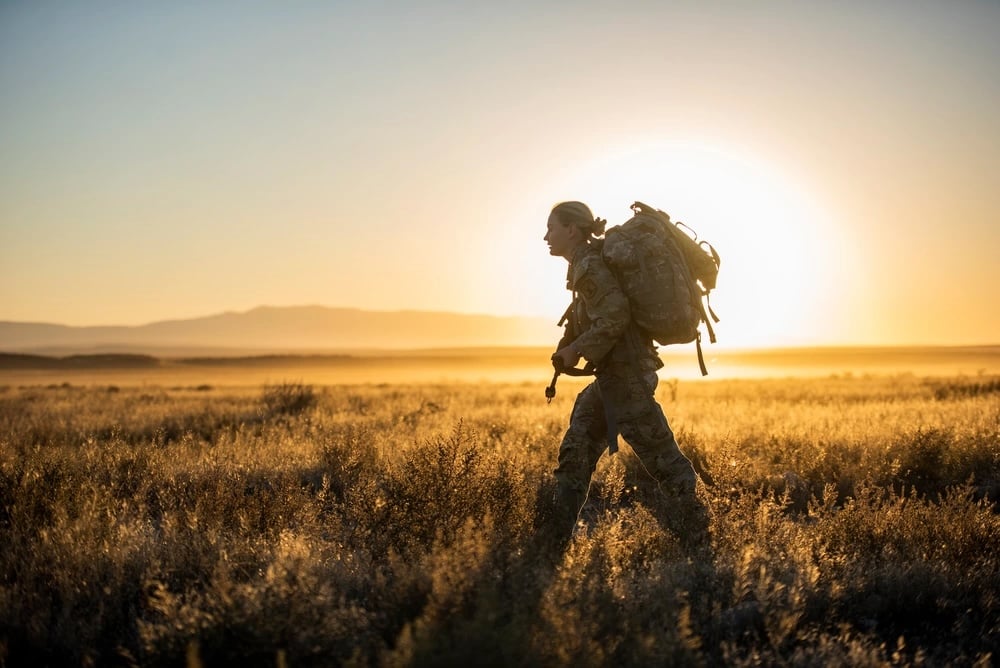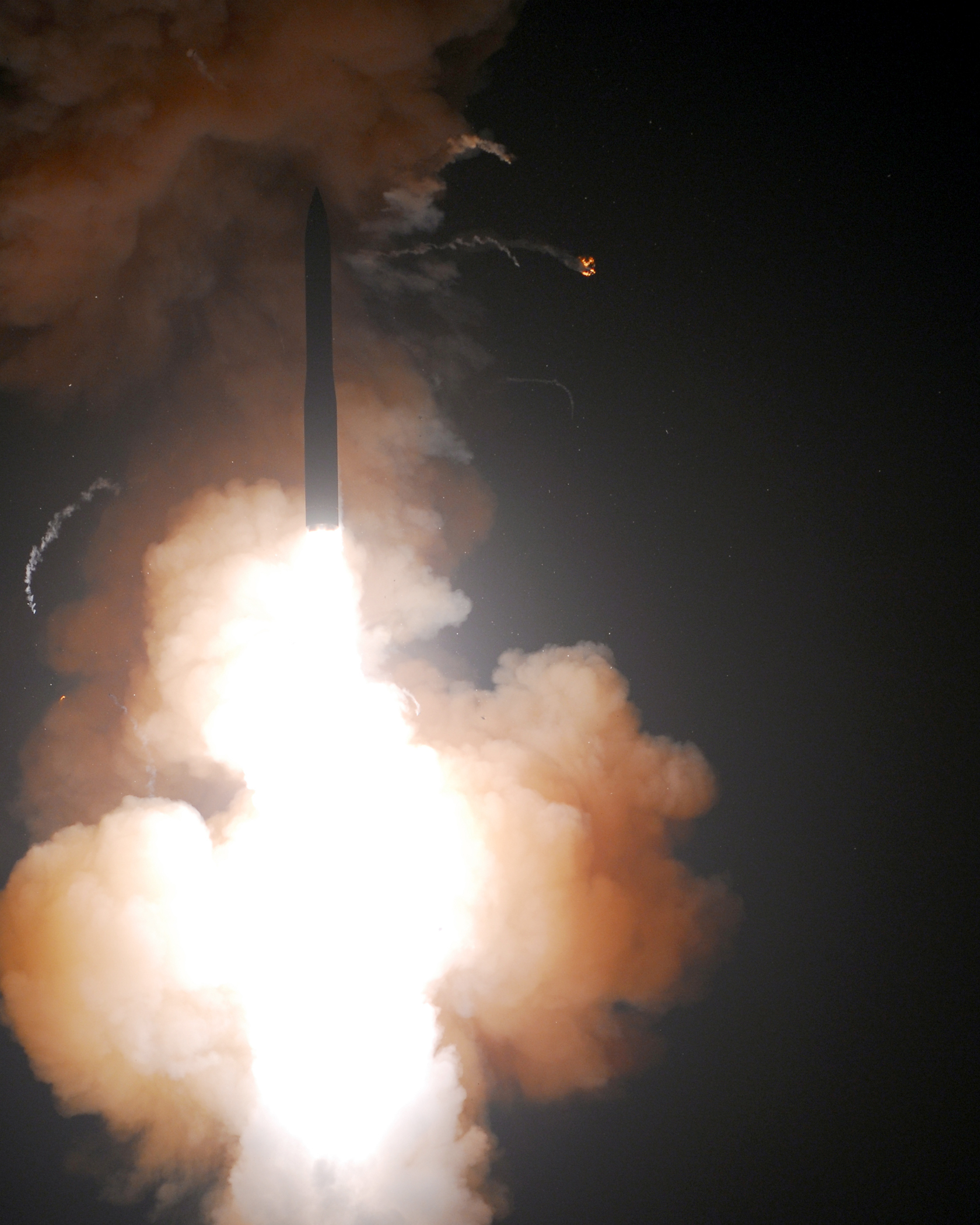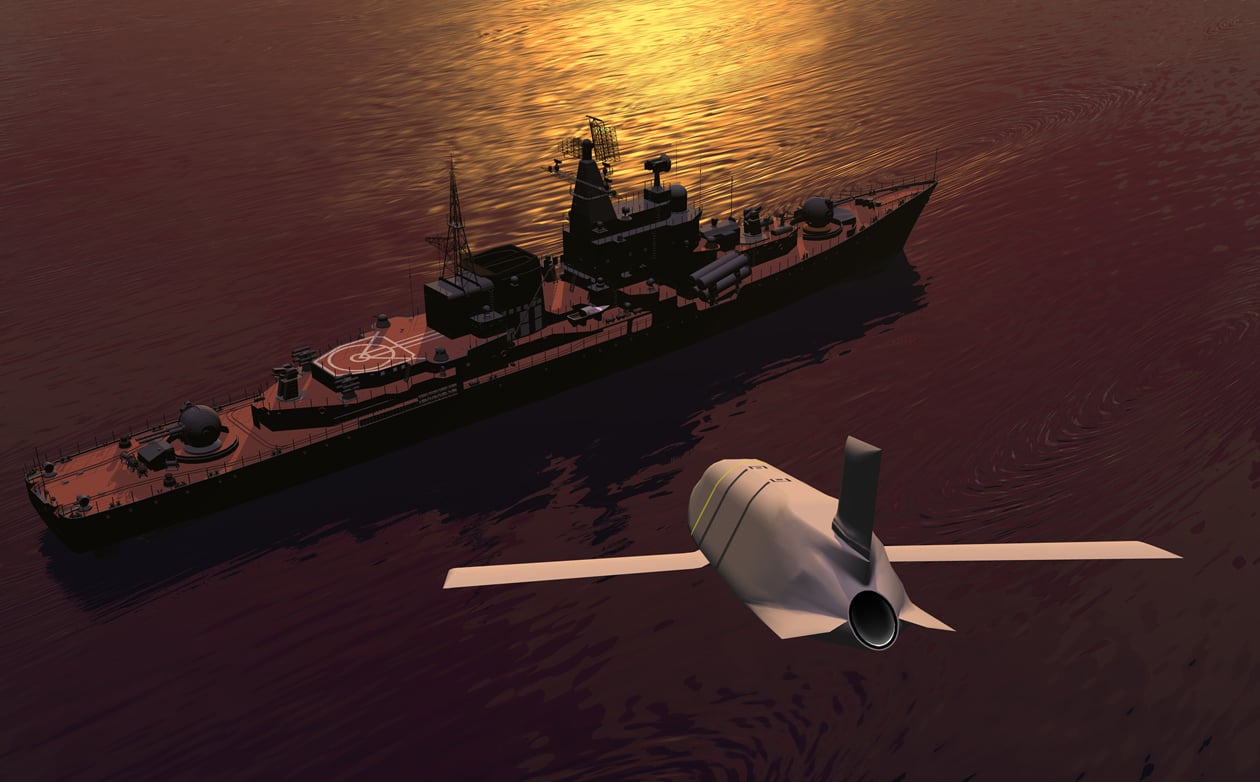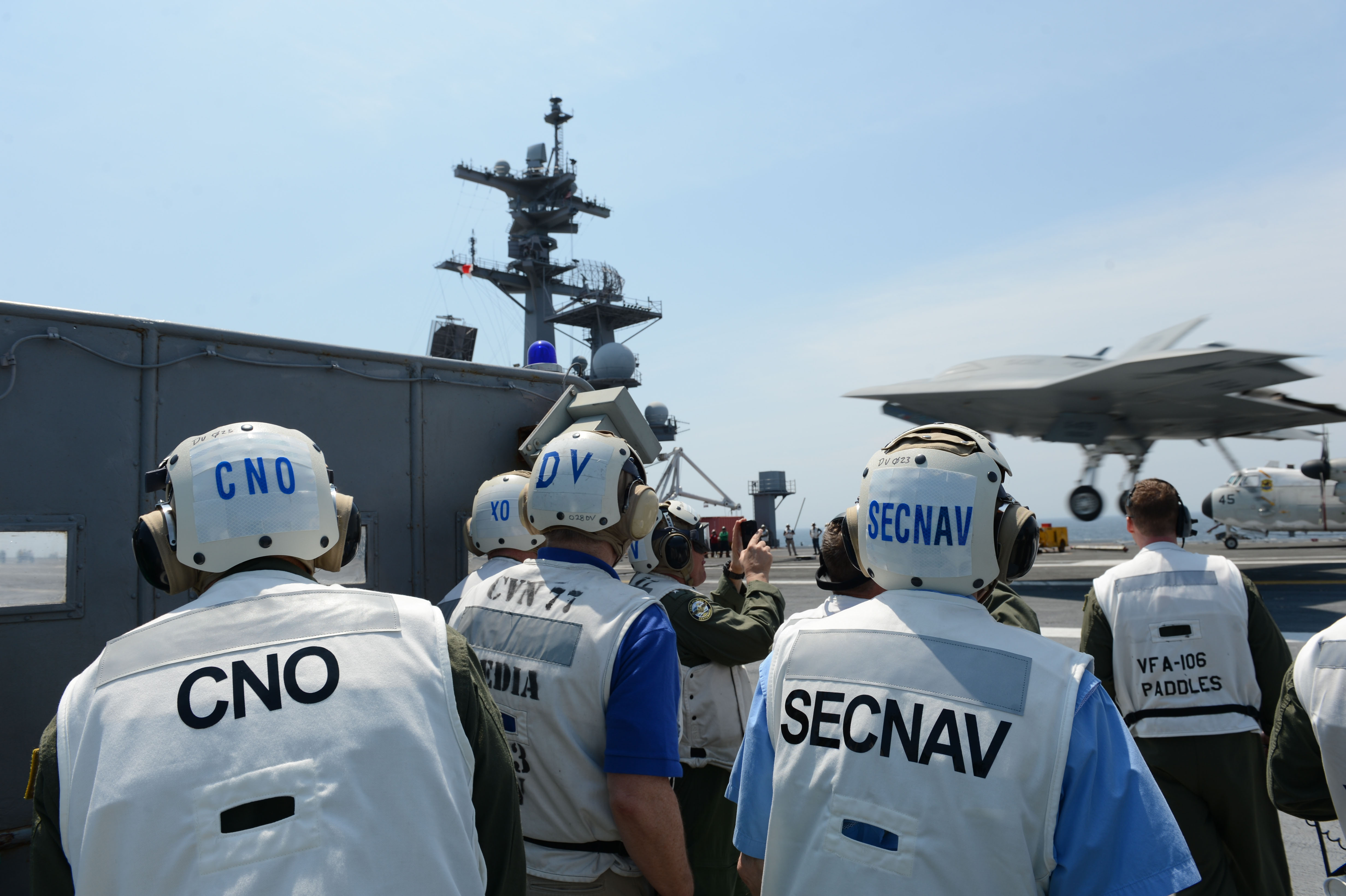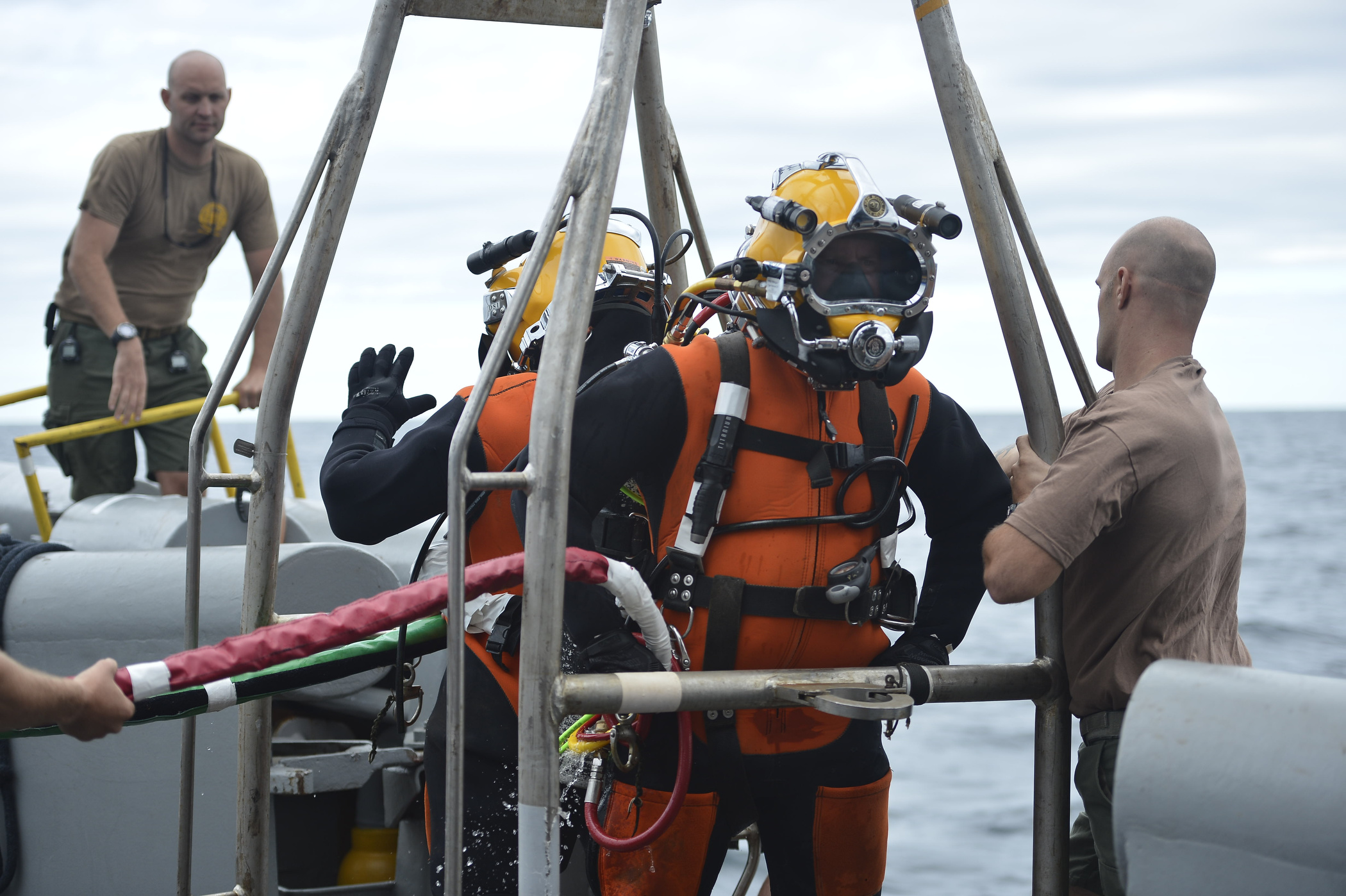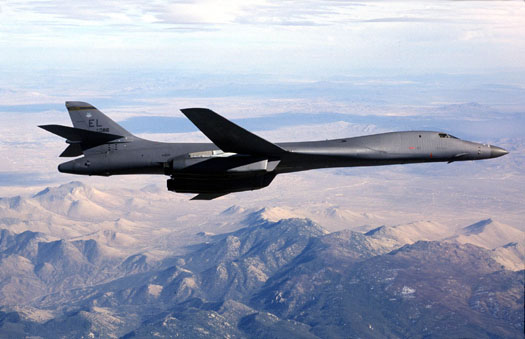
JADC2 Network Key to Managing Forces Across the World, Says Panel
NATIONAL HARBOR, Md. – In the age of hypersonic weapons, commanders will have milli-seconds to act on information gathered from the data flooding in during combat, a former director of command, control, communications and cyber for the Joint Staff said this…

